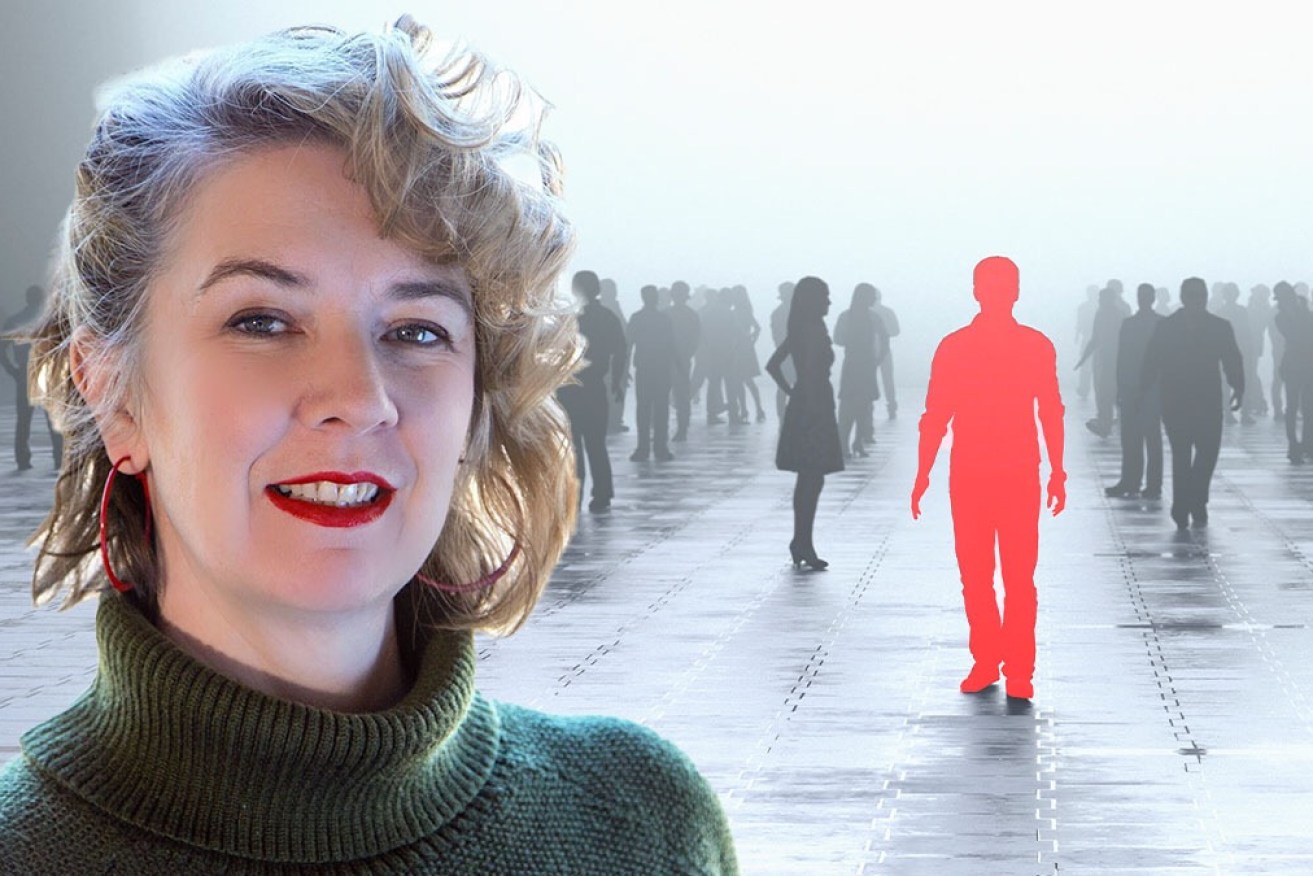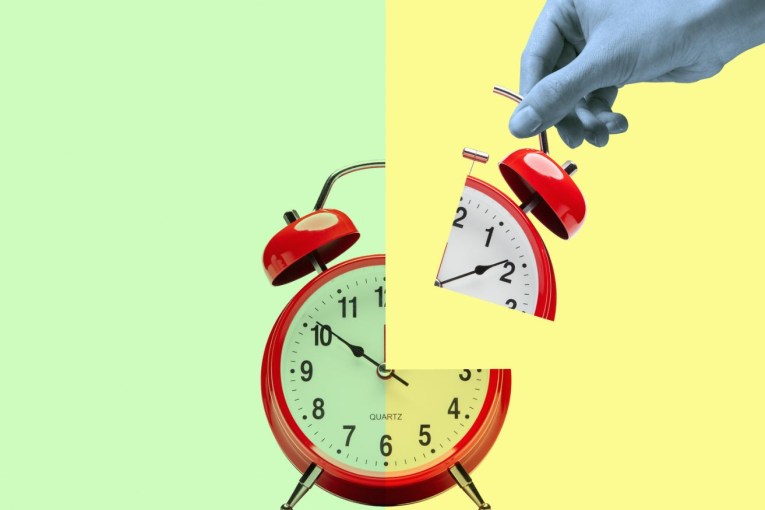Jane Gilmore: What does a rapist look like? You’d be surprised


Jane Gilmore wants the men of Australia to confront the truth about the prevalence of rape. Photo: TND/Getty
What does a rapist look like?
A few years ago, I was talking to a professional football player about men’s violence against women.
He told me that no man he knew had ever been violent to a woman.
I asked him how he knew. He said, “Oh, trust me, I’d know”.
He believed it. He’d know. Because men who rape or abuse women are immediately and obviously identifiable and different to all the men he knew. His friends and teammates were ‘good blokes’ and ‘good blokes’ don’t do that.
The collection of false stereotypes about rape, known as rape myths, are what protects ‘good blokes’ from labelling themselves (and each other) as rapists.
Rape myths say that “real rape” is when an evil, oversexed man attacks an innocent young woman on a dark street. She doesn’t know him, she tries to fight him, but is eventually overpowered by his physical strength.
The victim is left with visible injuries and, although she is traumatised, she instantly reports the rape to police, cries as she does so, and has no difficulty remembering every detail in its exact chronological order.

We’ve been sold the character of a rapist as a strange man in an alleyway. The statistics say it’s the exact opposite. Photo: Getty
The reality of rape is nothing like the myth.
The man most likely to rape a woman is her husband or partner.
Boys from private schools rape women and girls, as the thousands of testimonials sent to Chanel Contos demonstrate so starkly.
Men with good jobs rape women.
Handsome men who are good at sport rape women.
Men with degrees and families and expensive cars rape women.
Men with friends who respect them, wives who love them and parents who adore them rape women.
As I wrote last week, there is little justice in the justice system for people who have been raped.
There are many reasons for this, but one is the elements of the crime that need to be proved, beyond reasonable doubt, to get a conviction.
New South Wales has what’s called a subjective test of consent. Not only do you have to prove that there was no consent, but you also have to prove that the accused knew there was no consent. This is how Luke Lazarus had his conviction for raping Saxon Mullins overturned, despite the judge acknowledging that she did not consent.
In a crime that mostly occurs without witnesses, it’s almost impossible to prove what someone did or didn’t believe.
Tweet from @JaneTribune
Victoria has a different standard, the objective test – what would a reasonable person believe in those circumstances? Which might explain why Victoria appears to have a higher conviction rate than NSW.
Interesting sidenote: It used to be called the “reasonable man” test because the law used to believe that only men were reliable and reasonable.
It would be a telling exercise to test rape trials with “what would the reasonable woman believe about consent in these circumstances”? It might be even more telling to see how men react to the imposition of such a test.

Rapists are more likely to be known to women, like a colleague, for example. Photo: Getty
Rapists are not all abused, tormented men, acting out their childhood trauma on women.
Research indicates men who had happy childhoods are just as likely to commit rape as men who had traumatic childhoods. Indeed, for the happy childhood group, rape is the crime they are most likely to commit.
Not that they think of it that way. Rapists when questioned for research will confess to coercing or forcing women, “taking advantage” of women they deliberately rendered unconscious with alcohol, and “insisting” on intercourse with their partners.
They do not, however, define this as rape and are indignant if someone suggests that it is.
Tweet from @bairdjulia
Two of the ground-breaking researchers into rapist’s motivations, Diana Scully and Joseph Marolla, conducted lengthy interviews with convicted rapists in the 1980s.
They found men who had been convicted of brutally violent rapes frequently believed their victims provoked it, wanted it, enjoyed it or deserved it. One man who broke into a woman’s home and raped her at knifepoint, claimed the woman had “seduced” him.
It may be, as Peter van Onselen said on Insiders last Sunday, “difficult” when someone you know is accused of rape, although it’s not even in the same realm as how “difficult” as it is to be raped.
But men, even good men, successful men and nice men are going to have to find a way to come to terms with the fact that they may well know a rapist.
At absolute minimum, one in six Australian women have been sexually assaulted.
That statistic is based on women who agreed to complete the survey and were able to disclose the sexual violence they’ve experienced. It also only includes data on women who were sexually assaulted after they turned 15.
Which means there are millions of women in Australia who have been sexually assaulted at some point in their lives. It’s not just one or two “bad eggs” causing this problem.
As much as some men will rape more than one woman, there are also some women who are raped by more than one man.
If you know six women, you know at least one woman who has been raped. How many men do you have to know to know a rapist?
Jane Gilmore is a freelance journalist with a strong interest in campaigning against violence against women. She also founded The Kings Tribune
- For confidential support and services around sexual assault, contact 1800 RESPECT online or by phone on 1800 737 732. If you or someone you know needs help contact Life Line on 13 11 14








